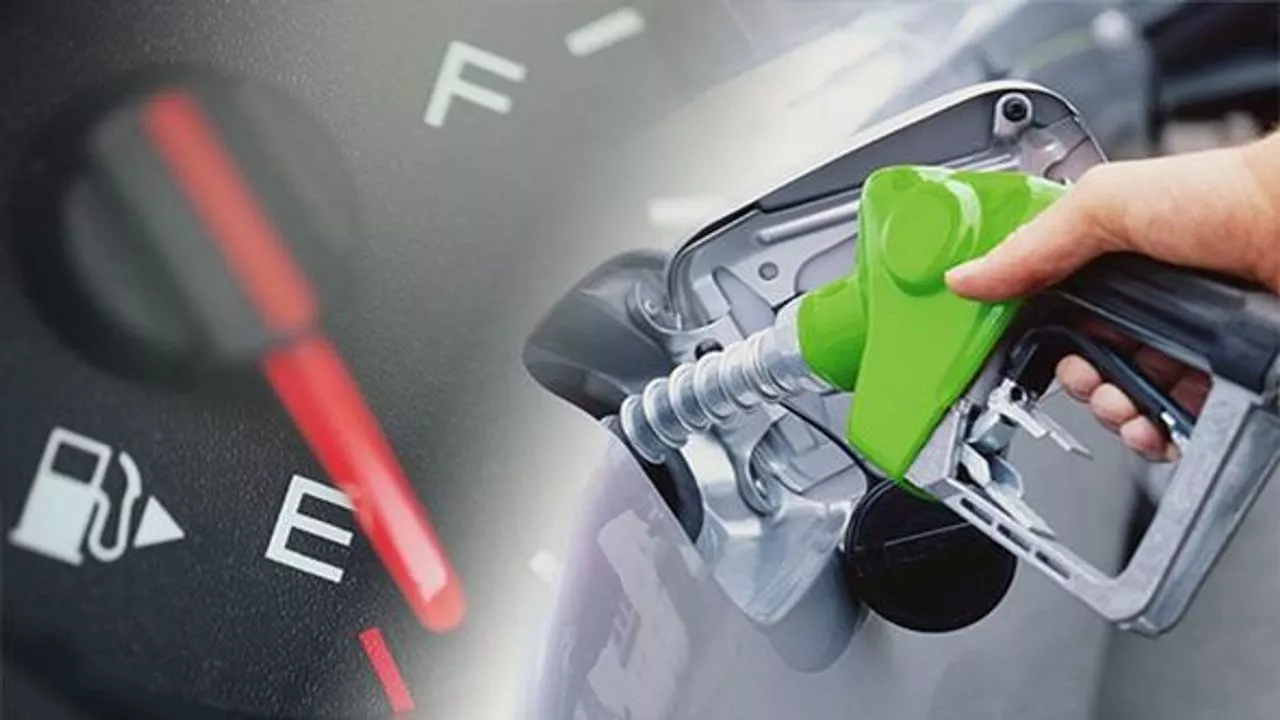Fuel Efficiency: Simple Ways to Save Gas and Go Faster on the Track
If you love racing, you know every drop of fuel counts. Not only does good fuel efficiency keep your budget in check, it can also shave seconds off your lap times. At Thames Motorsport Academy we teach drivers how a smarter approach to fuel can translate into real‑world speed gains. Below you’ll find easy‑to‑apply tips that work whether you’re in a single‑seater formula car or a touring‑car sprint.
Why Fuel Efficiency Matters in Racing
Most fans think racing is all about raw power, but fuel is the hidden factor that can make or break a race. A lighter fuel load means less weight, which improves braking, cornering and acceleration. Teams that manage their fuel well can run longer stints, avoid extra pit stops, and keep the engine in a healthier temperature range. In endurance events, the difference between a win and a DNF can be as simple as a few percent of fuel saved.
Practical Ways to Improve Fuel Efficiency
1. Smooth Driving Style
Rapid throttle changes waste fuel. Try to keep the throttle steady and anticipate corners so you can carry speed without slamming the gas pedal. Trail‑braking into a turn and letting the car coast a little before re‑applying power can also trim consumption.
2. Optimize Gear Ratios
Shorter gearing gives quick acceleration but forces the engine to rev higher, burning more fuel. Choose a gear spread that lets you stay in the engine’s sweet spot – typically 3,000‑6,000 rpm for most race‑tuned engines. This keeps power delivery strong while staying fuel‑friendly.
3. Keep Tyres at the Right Pressure
Under‑inflated tyres increase rolling resistance, so the engine works harder. Check pressures before every session and adjust based on track temperature. A few psi difference can shave off a noticeable amount of fuel over a full race distance.
4. Reduce Vehicle Weight
Every kilogram costs energy. Remove non‑essential items, use lightweight components, and consider carbon‑fiber panels if your budget allows. Even small reductions – like swapping a metal seatbelt mount for an aluminum one – add up over many laps.
5. Use Data Logging
Modern ECUs record fuel flow, throttle position and lap times. Review the data after each run to spot patterns where you’re using more fuel than needed. Adjust your driving or setup based on those insights and watch efficiency improve.
6. Explore Hybrid or Eco‑Boost Systems
Some racing series now allow mild‑hybrid setups that recover energy during braking. This recovered energy can give a short power boost without extra fuel. If you’re building a car from scratch, a small turbocharged engine often delivers better fuel economy than a large naturally aspirated unit.
Applying these tips doesn’t require a massive budget – just a bit of attention to detail and a willingness to tweak your approach. Remember, fuel efficiency isn’t about going slower; it’s about getting more out of every drop you burn.
Ready to put these ideas into practice? Join a workshop at Thames Motorsport Academy where we break down fuel‑saving techniques on real track days. You’ll get hands‑on coaching, data analysis, and the chance to test changes in a safe environment. Better fuel efficiency means tighter lap times, lower costs, and a greener racing future – all at the same time.



